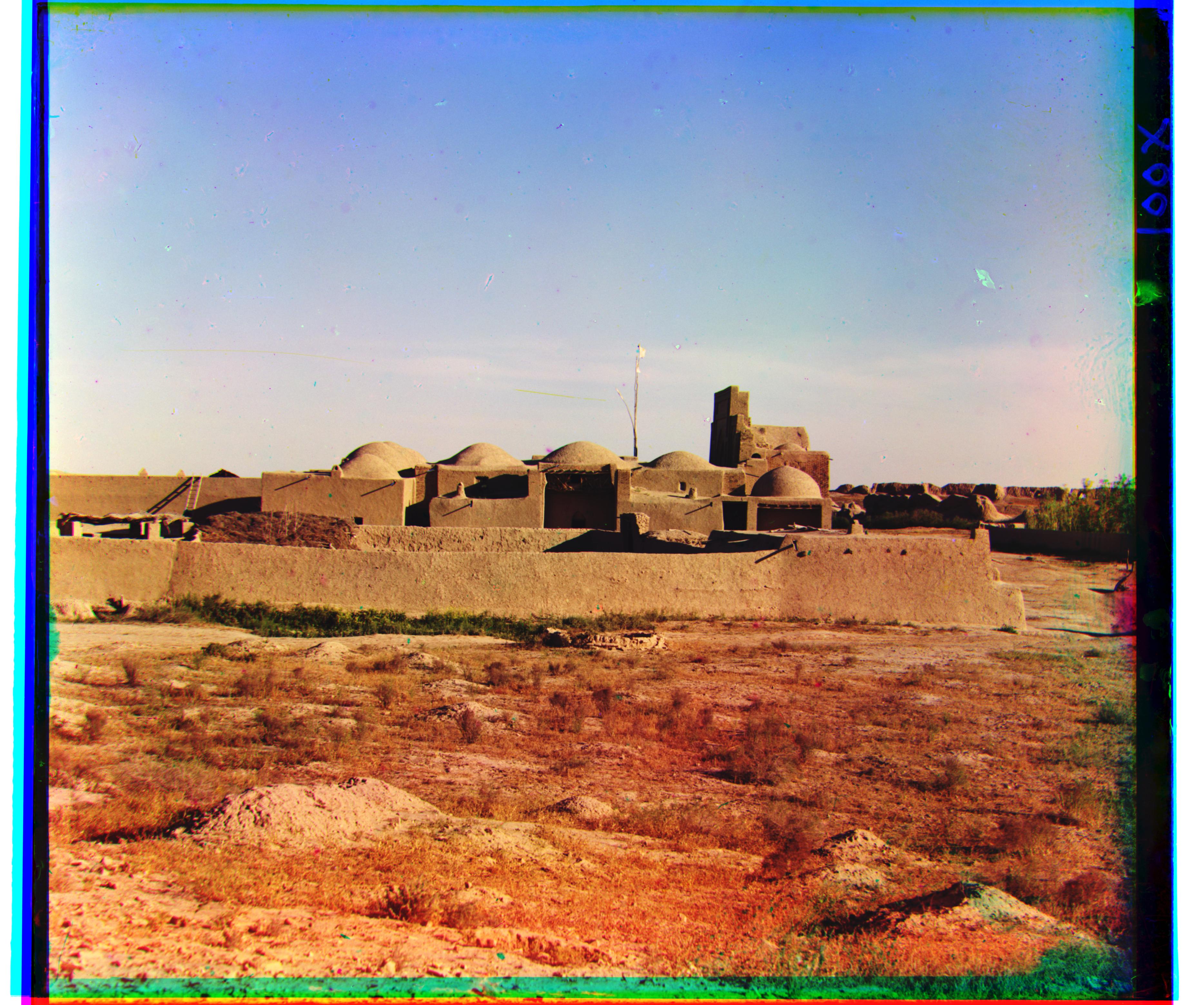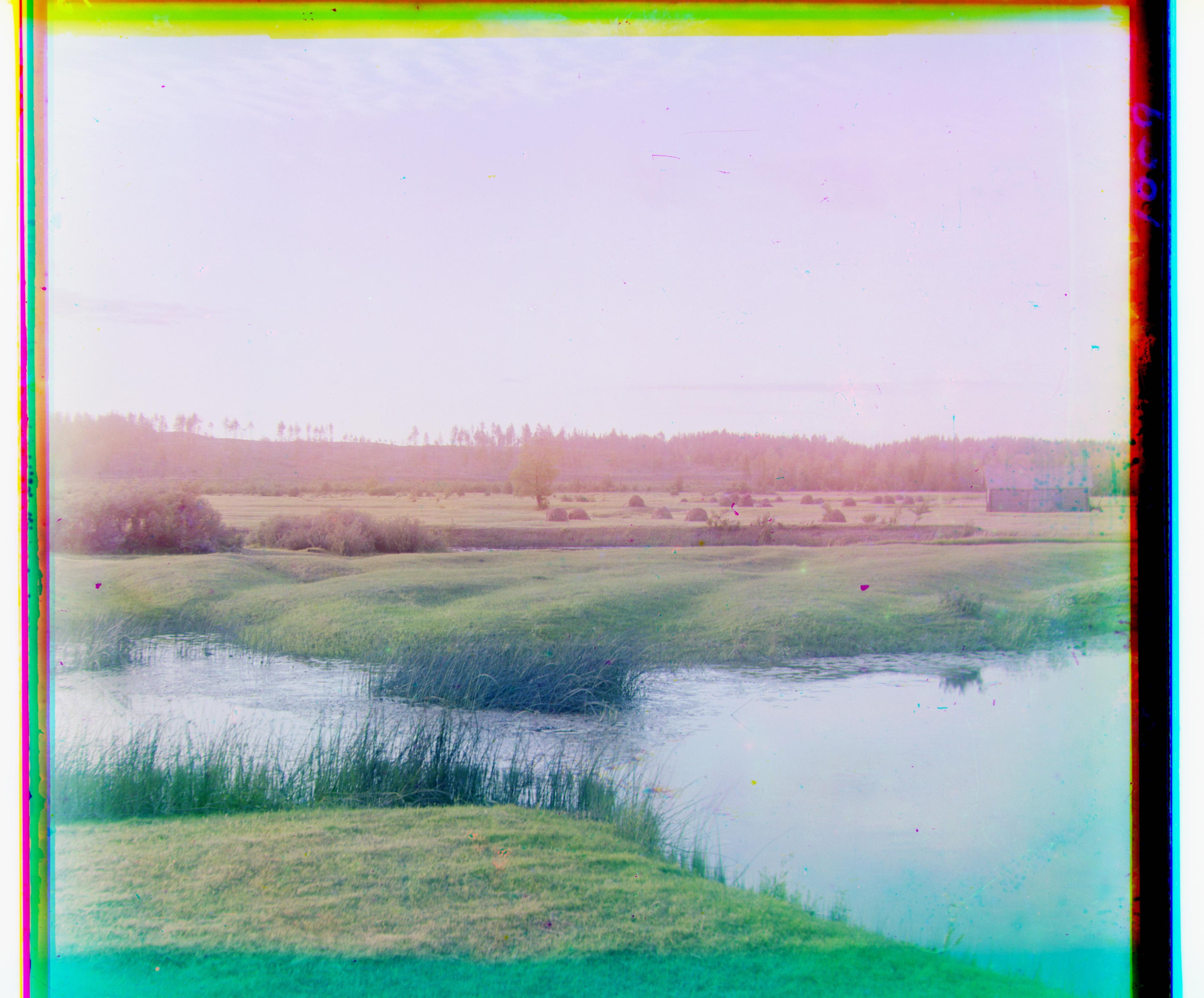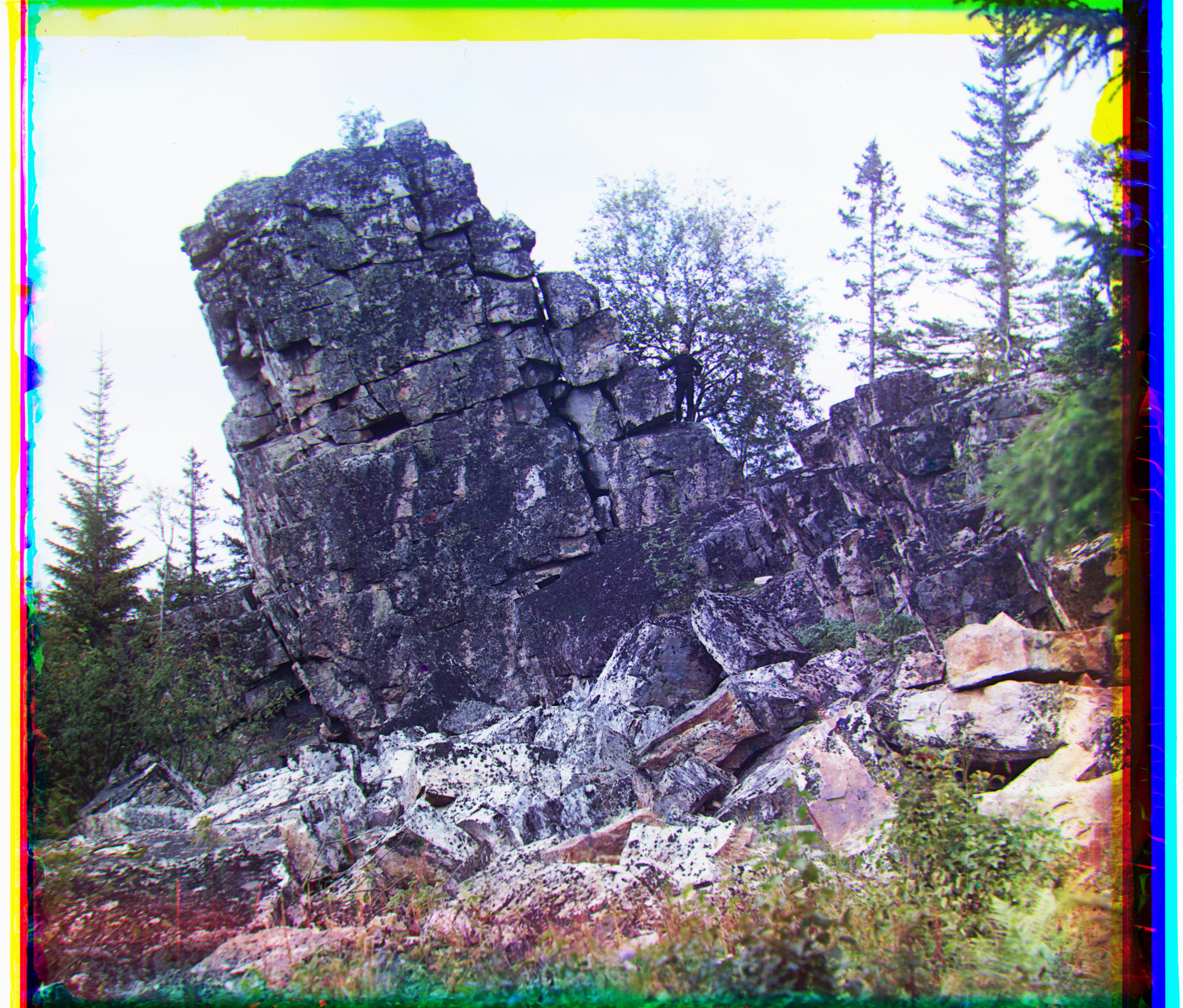Roth Yin | rothyin@berkeley.edu
The Prokudin-Gorskii Collection features color photographic surveys of the Russian Empire made between ca. 1905 and 1915. Prokudin-Gorskii's triple-frame black-and-white glass negatives consist of three exposures made through blue, green, and red filters to produce photographs that could be printed or projected in color. Learn more at https://www.loc.gov/collections/prokudin-gorskii/
The goal is to take the digitized negatives and, using image processing techniques, automatically produce color images with as few visual artifacts as possible.













| filename | v_offset_b2g | h_offset_b2g | v_offset_r2g | h_offset_r2g |
|---|---|---|---|---|
| cathedral | -5 | -2 | 7 | 1 |
| church | -25 | -4 | 33 | -8 |
| emir | -49 | -24 | 57 | 17 |
| harvesters | -59 | -17 | 65 | -3 |
| icon | -41 | -17 | 48 | 5 |
| lady | -55 | -8 | 62 | 4 |
| melons | -81 | -10 | 96 | 3 |
| monastery | 3 | -2 | 6 | 1 |
| onion_church | -51 | -27 | 57 | 10 |
| self_portrait | -79 | -29 | 98 | 8 |
| three_generations | -53 | -14 | 58 | -3 |
| tobolsk | -3 | -3 | 4 | 1 |
| train | -42 | -6 | 43 | 27 |
| workshop | -53 | 0 | 52 | -11 |



| filename | v_offset_b2g | h_offset_b2g | v_offset_r2g | h_offset_r2g |
|---|---|---|---|---|
| merv | -32 | -5 | 47 | 2 |
| poliana | -42 | 2 | 55 | 11 |
| urals | -40 | -33 | 55 | 25 |
Because the three frames are given in the same image horizontally, divide the image up evenly to get the individual frames.

The basic idea is to exhaustively search over a window of possible displacements and choose the best match.
More details:
When processing large images, I used the technique of image pyramid. It means that I first run the above algorithm on smaller, lower-resolution version of the images, then gradually increase the resolutions and run the algorithm around the displacements found on the previous level, until reaching the original images.